Ten Interesting Facts About Pluto
Ten interesting facts about Pluto
Here is a list of some interesting facts about Pluto. A dwarf planet with a very different geology than previously thought, and despite being a small celestial body - Pluto has its own moons.

Pluto was known as the smallest planet in the solar system and the ninth planet from the sun until it was reclassified by the International Astronomical Union in 2006.

Today, Pluto is called a dwarf planet. A dwarf planet orbits the sun just like other planets, but it is smaller. It is large enough for its gravity to pull it into the shape of a ball but it is too small to clear other objects and debris out of its path around the sun.

Pluto was discovered on February 18th, 1930 by the Lowell Observatory. For the 76 years between Pluto being discovered and the time it was reclassified as a dwarf planet it completed under a third of its orbit around the Sun.

On average, Pluto is more than 3.6 billion miles (5.8 billion kilometers) away from the sun. That is about 40 times as far from the sun as Earth is. Pluto orbits the sun in an oval like a racetrack. Because of its oval orbit, Pluto is sometimes closer to the sun than at other times. At its closest point to the sun Pluto is still billions of miles away but is actually closer than Neptune.

This dwarf planet has five moons. Its largest moon is named Charon (KAIR-uhn). Charon is about half the size of Pluto.

Pluto has four other, much smaller, moons. They are named Nix, Hydra, Kerberos, and Styx. They were discovered in 2005, 2005, 2011, and 2012, respectively. NASA’s Hubble Space Telescope took pictures of the new moons. All four are small.

Observations of Pluto’s surface by the New Horizons spacecraft revealed a variety of surface features, including mountains that reach as high as 11,000 feet (3,500 meters), comparable to the Rocky Mountains on Earth. While methane and nitrogen ice cover much of the surface of Pluto, these materials are not strong enough to support such enormous peaks, so scientists suspect that the mountains are formed on a bedrock of water ice.

Pluto’s surface is one of the coldest places in the solar system, at roughly minus 375 degrees Fahrenheit (minus 225 degrees Celsius). When compared with past images, pictures of Pluto taken by the Hubble Space Telescope revealed that the dwarf planet had apparently grown redder over time, apparently due to seasonal changes.

When Pluto is closer to the sun, its surface ices thaw and temporarily form a thin atmosphere, consisting mostly of nitrogen, with some methane.

Pluto’s low gravity, which is a little more than one-twentieth that of Earth’s, causes this atmosphere to extend much higher in altitude than Earth’s.
sources: solarsystem.nasa and space.com
image credit: NASA/JPL - Lowell Observatory Archives
More Posts from Starlost and Others
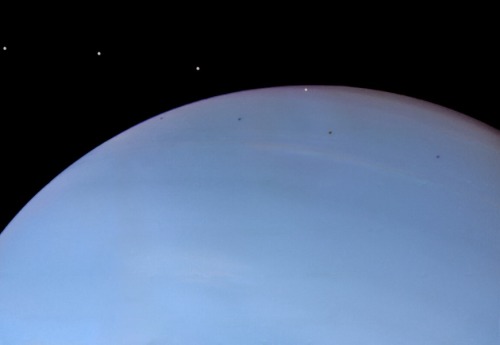











May 11, 2009 — The Space Shuttle Atlantis blasts off from Cape Canaveral, Florida, heading to orbit for an 11-day mission to the Hubble Space Telescope.
(NASA)
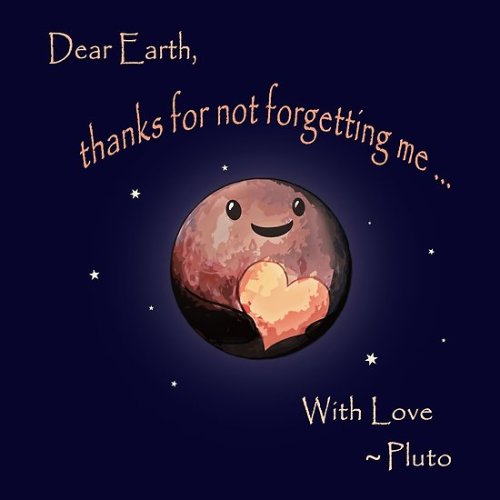
Happy Valentines day: source

Venus, the sun, and an airplane.




Time for a bonus comic!
Look out for “Temperature of Mars” on Saturday and “Seasons on Mars” on Sunday!
http://www.space.com/20413-phobos-deimos-mars-moons.html





"Hello Earth!" by Lee Rishaw
I got really emotional inspired by the The Golden Record, and decided to make this quick and messy comic about it.
*please do not repost or delete caption*

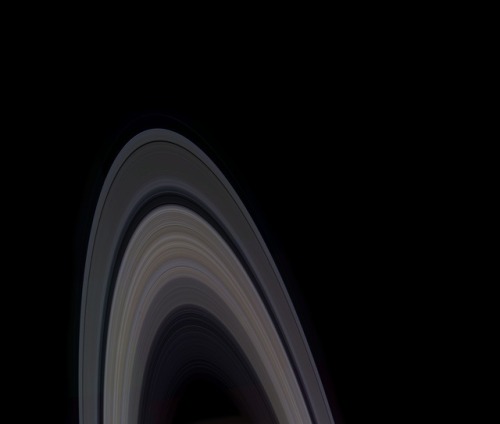
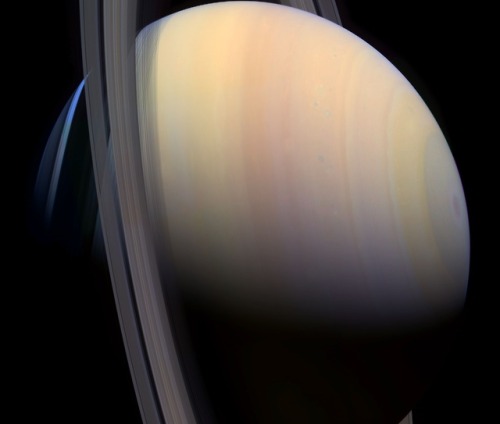
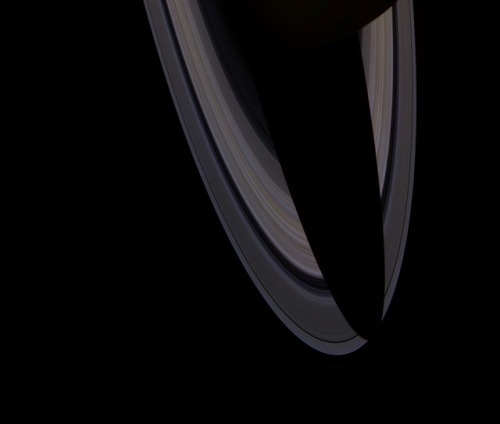
A very high resolution view of big beautiful Saturn
Composition Credit: Mattias Malmer, Image Data: Cassini Imaging Team (NASA)
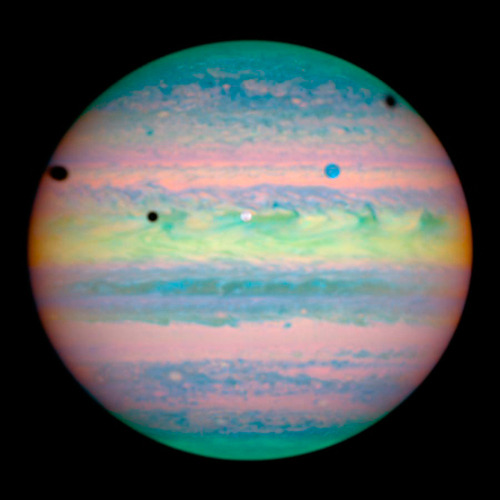

-
 unabashedmoonhideout6969 reblogged this · 1 year ago
unabashedmoonhideout6969 reblogged this · 1 year ago -
 unabashedmoonhideout6969 liked this · 1 year ago
unabashedmoonhideout6969 liked this · 1 year ago -
 friendlyghostsince1284 liked this · 2 years ago
friendlyghostsince1284 liked this · 2 years ago -
 truehoosiergirl liked this · 2 years ago
truehoosiergirl liked this · 2 years ago -
 helpsomeonescoming-thesecond reblogged this · 2 years ago
helpsomeonescoming-thesecond reblogged this · 2 years ago -
 actlikeurokay liked this · 3 years ago
actlikeurokay liked this · 3 years ago -
 aleibrise liked this · 3 years ago
aleibrise liked this · 3 years ago -
 violetchi-king liked this · 3 years ago
violetchi-king liked this · 3 years ago -
 elmuertoqueparla reblogged this · 4 years ago
elmuertoqueparla reblogged this · 4 years ago -
 jstew1000 liked this · 4 years ago
jstew1000 liked this · 4 years ago -
 clandestinedrifterinmaimi liked this · 4 years ago
clandestinedrifterinmaimi liked this · 4 years ago -
 littlemeangreen liked this · 4 years ago
littlemeangreen liked this · 4 years ago -
 mightymunch66 liked this · 4 years ago
mightymunch66 liked this · 4 years ago -
 forlornmelody reblogged this · 4 years ago
forlornmelody reblogged this · 4 years ago -
 stormikins liked this · 4 years ago
stormikins liked this · 4 years ago -
 swaps55 reblogged this · 4 years ago
swaps55 reblogged this · 4 years ago -
 brownskin-goldhoops liked this · 4 years ago
brownskin-goldhoops liked this · 4 years ago -
 thomasbrisenio liked this · 4 years ago
thomasbrisenio liked this · 4 years ago -
 fangirling-istheonlyway reblogged this · 4 years ago
fangirling-istheonlyway reblogged this · 4 years ago -
 painterofhorizons liked this · 4 years ago
painterofhorizons liked this · 4 years ago -
 theoriginalladya reblogged this · 4 years ago
theoriginalladya reblogged this · 4 years ago -
 mentallyrecovering reblogged this · 5 years ago
mentallyrecovering reblogged this · 5 years ago -
 servantofclio liked this · 5 years ago
servantofclio liked this · 5 years ago -
 theoriginalladya liked this · 5 years ago
theoriginalladya liked this · 5 years ago -
 lhs3020b reblogged this · 5 years ago
lhs3020b reblogged this · 5 years ago -
 lhs3020b liked this · 5 years ago
lhs3020b liked this · 5 years ago -
 ginbiscuit liked this · 5 years ago
ginbiscuit liked this · 5 years ago -
 themightyflynn08 liked this · 5 years ago
themightyflynn08 liked this · 5 years ago -
 pigeontheoneandonly reblogged this · 5 years ago
pigeontheoneandonly reblogged this · 5 years ago -
 coyotepoet liked this · 5 years ago
coyotepoet liked this · 5 years ago -
 tsubychan reblogged this · 5 years ago
tsubychan reblogged this · 5 years ago -
 lybelle-yule liked this · 5 years ago
lybelle-yule liked this · 5 years ago -
 marittheemo liked this · 5 years ago
marittheemo liked this · 5 years ago -
 heckleberry-finn reblogged this · 5 years ago
heckleberry-finn reblogged this · 5 years ago -
 valkyrie-kat liked this · 5 years ago
valkyrie-kat liked this · 5 years ago -
 undergroundair reblogged this · 5 years ago
undergroundair reblogged this · 5 years ago -
 ariistotle reblogged this · 5 years ago
ariistotle reblogged this · 5 years ago -
 ketamineluvr liked this · 5 years ago
ketamineluvr liked this · 5 years ago -
 rose-haunts liked this · 5 years ago
rose-haunts liked this · 5 years ago -
 tysmiha-witchnotes reblogged this · 5 years ago
tysmiha-witchnotes reblogged this · 5 years ago -
 aralezinspace reblogged this · 5 years ago
aralezinspace reblogged this · 5 years ago -
 aruguula liked this · 5 years ago
aruguula liked this · 5 years ago -
 idesofmarsh reblogged this · 5 years ago
idesofmarsh reblogged this · 5 years ago -
 thankyousirmayihaveanother liked this · 5 years ago
thankyousirmayihaveanother liked this · 5 years ago -
 fluffyrainbowfishlover reblogged this · 5 years ago
fluffyrainbowfishlover reblogged this · 5 years ago -
 wolfieonice reblogged this · 5 years ago
wolfieonice reblogged this · 5 years ago

andrei, he/him, 21, made this at 14 when i was a space nerd but i never fully grew out of that phase so,,,,..,hubble telescope + alien life + exoplanet + sci fi nerd
245 posts